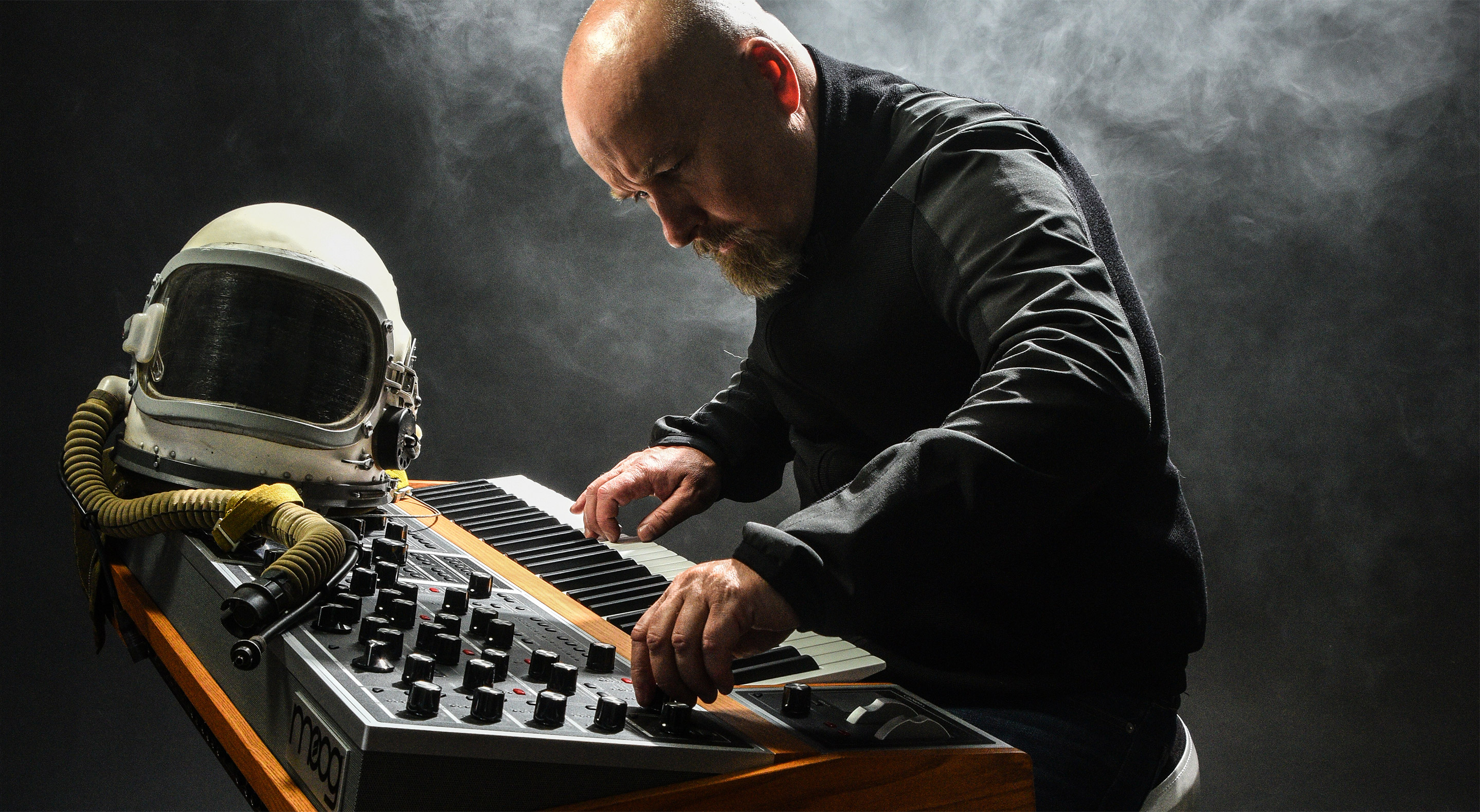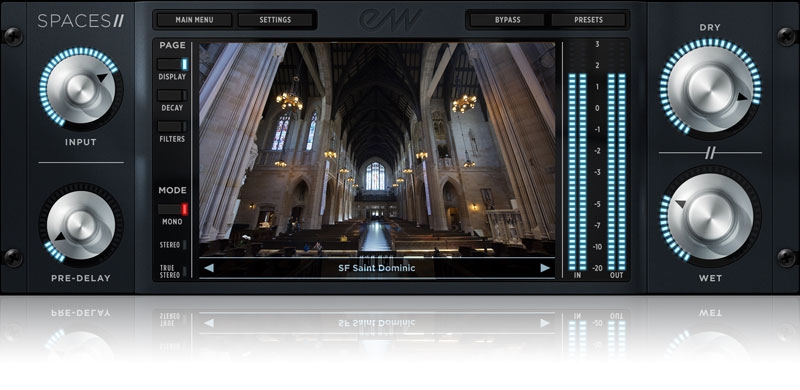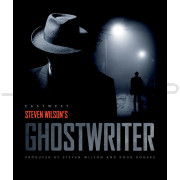You're currently on:

EastWest Forbidden Planet + Spaces II Bundle
The ultimate cinematic synthesizer experience
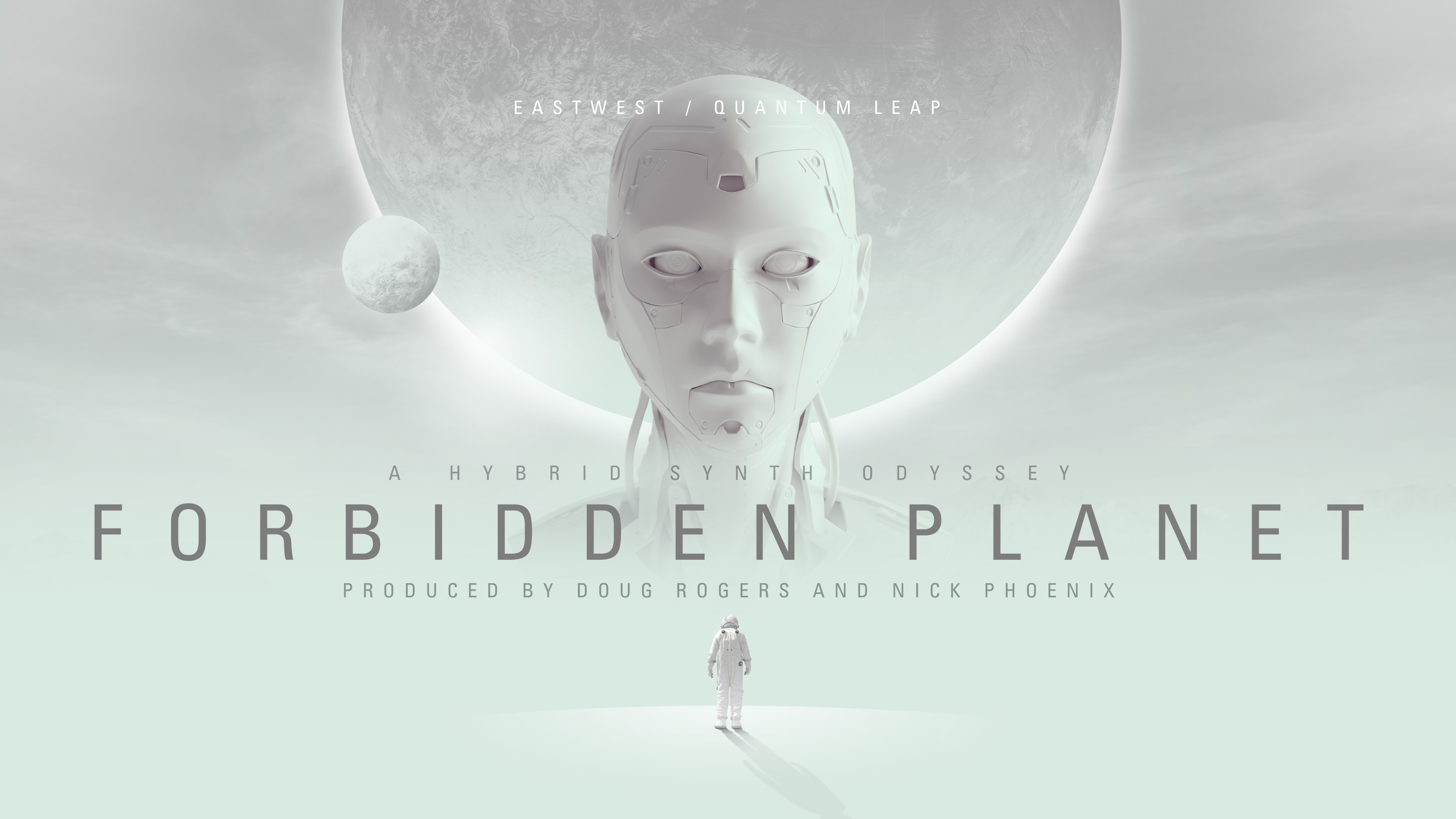
FORBIDDEN PLANET
FORBIDDEN PLANET features over 600 expertly crafted morphing synths across categories such as Arpeggiator, Bass, Drones, FX, Leads, Pads, and Poly Synth. Freely morph between electronic layers, acoustic instruments, and futuristic sounds - perfect for soundtracks, EDM, hip hop and more. Featuring a brand-new suite of post-processing and mixing tools, insane filter modulation, and an extensive rack of effects, you now have the ability to break away from everything that has come before with new controls, powered by the critically-acclaimed OPUS engine, that offer unprecedented sonic shaping power with presets completely customizable by the user.
The idea for FORBIDDEN PLANET started when producers DOUG ROGERS and NICK PHOENIX set out to create EASTWEST's first fully featured synth collection, not based on traditional oscillators, but combining electronic synth layers with orchestral, world instruments, choral samples, sound effects and more into one enormous collection — creating a new sound palette designed for the future, not the past. Producers Rogers and Phoenix were dissatisfied with most synths, which typically had a small percentage of usable patches and a lot of filler. Now with the new OPUS engine, they had all the tools they needed to create the ultimate collection of cinematic inspiration. Everything was meticulously captured with a state of the art analog signal chain, resulting in the fattest analog synths on the planet.

Crossfade between sound sources and filter settings with the central XY pad, allowing you to capture morphing hybrid sounds in moments. By moving the Orbital Control, you can dynamically capture broad but smooth shifts in both timbre and frequency content. Moving left and right changes the blend amount between two contrasting sources, chosen from analog, acoustic, synthetic, and large-scale cinematic sounds. The vertical position controls filter frequency and is perfect for creating sweeping gestures, manipulating the output however you see fit.

The XY Pad isn’t the only way to control the filter — simply pull up the filter section of the UI and you can pop open the hood, controlling the modulation depth. The Mod Envelope allows you to add an ADSR-style envelope onto the filter cutoff, automating its movement with each note, while the Step LFO section produces a gated rhythm as the sequencer modulates the filter cutoff frequency. This leaves you free to play with the XY Pad, creating progressive textures and drones to set the tone of the atmosphere you want to build.

The arpeggiators allow you to create staccato and legato patterns, even with portamento or glide as you like. Not only does this make it easy to create highly dynamic and choppy ostinatos, but each of the 2 sound sources gets its own sequencer with the option to desynchronize their speeds. The two are adjacent to each other in the UI, giving you unprecedented automation capabilities without digging through multiple different submenus. Copy settings between both and you can produce slight variations that support more depth, creativity, and shimmer than you’ll find anywhere else.
WHAT’S INCLUDED?
645 instruments, 54 GB of analog samples across categories such as Arpeggiator, Bass, Drones, FX, Leads, Pads, and Poly Synths. Perfect for EDM, soundtracks, rap, industrial, world music & more
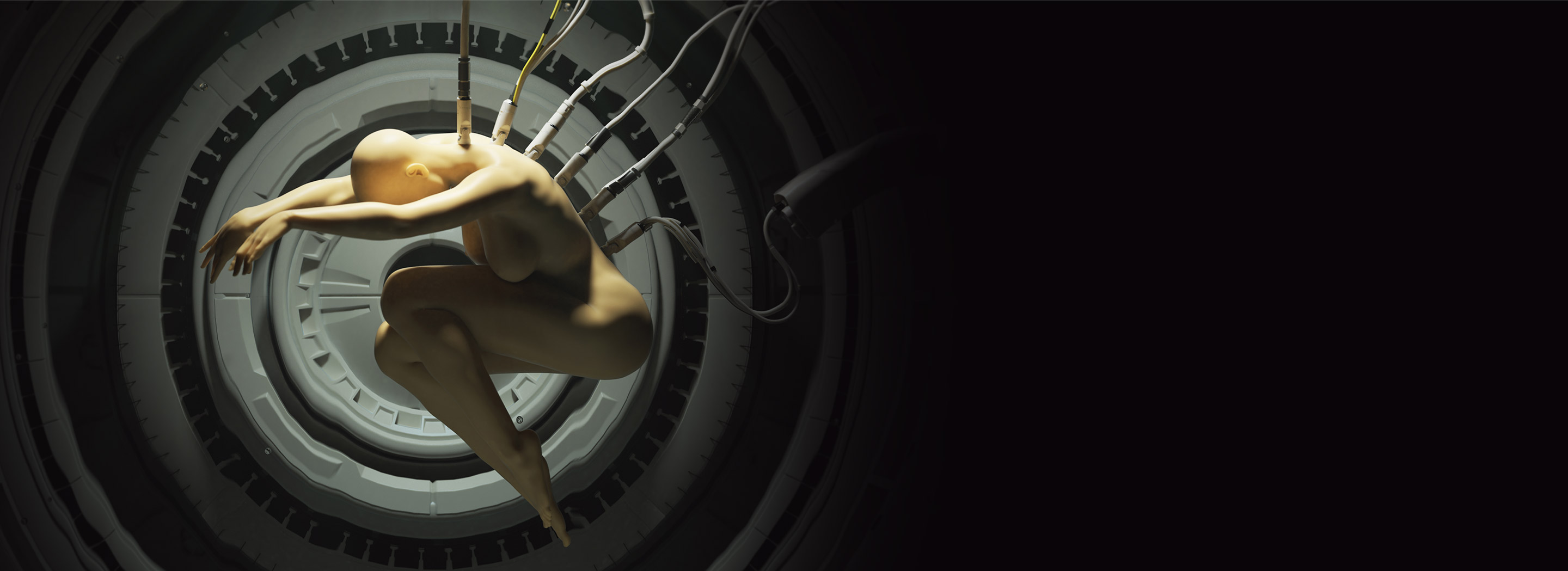
ARPEGGIATOR
A dual arpeggio structure allowing any rhythmic combinations you like across both layers. You can create polyrhythms, sync rhythms together, or even choose one layer to sustain while the other sets a rhythmic foundation.
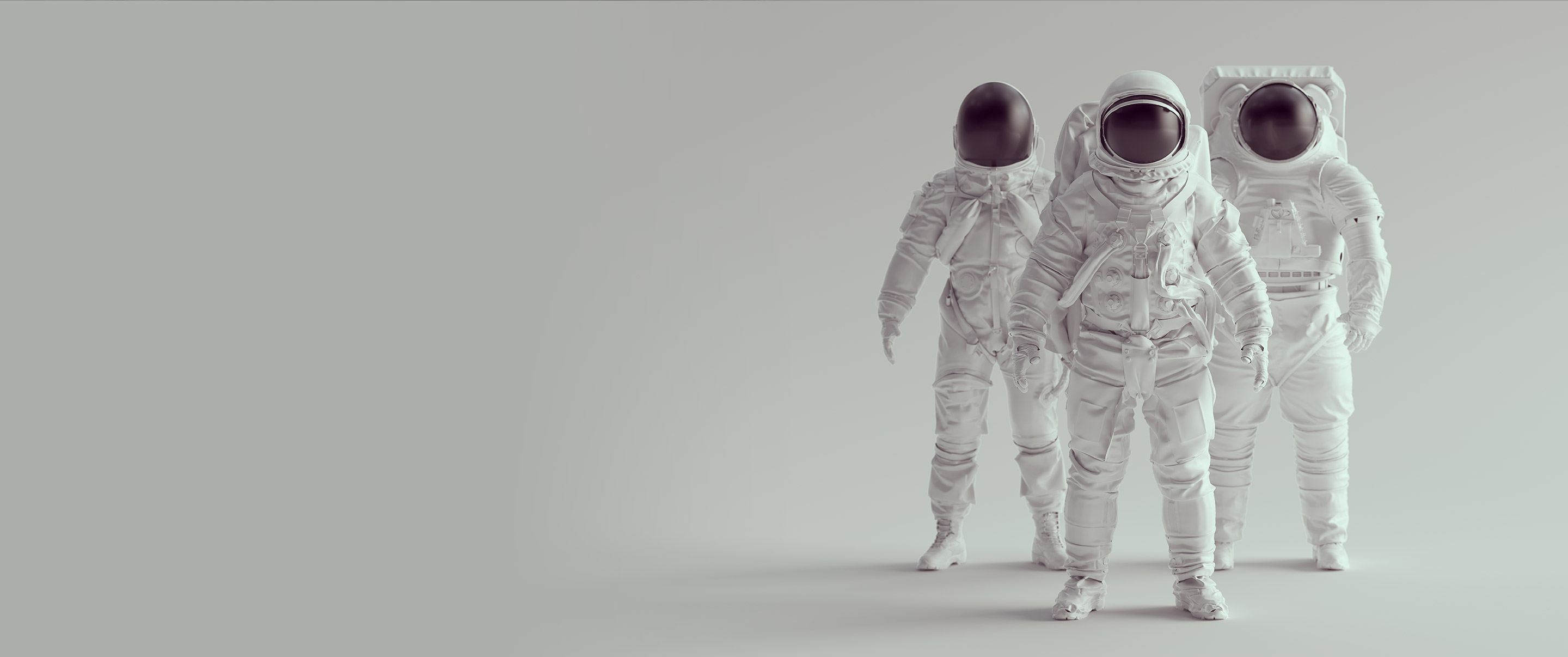
BASS
You don’t have to accept a simple analog bass emulation and call it a day. Forbidden Planet’s basses are layered with FX pedal tones, contrasting crossfades, and gritty overtones perfect for tackling the most ambitious soundtracks.

DRONES
Mechanical, organic, and environmental drones you can use to create any atmosphere you choose. This is where the XY Pad shines, producing original and morphing ambiences in real time so you can set the stage however you choose.
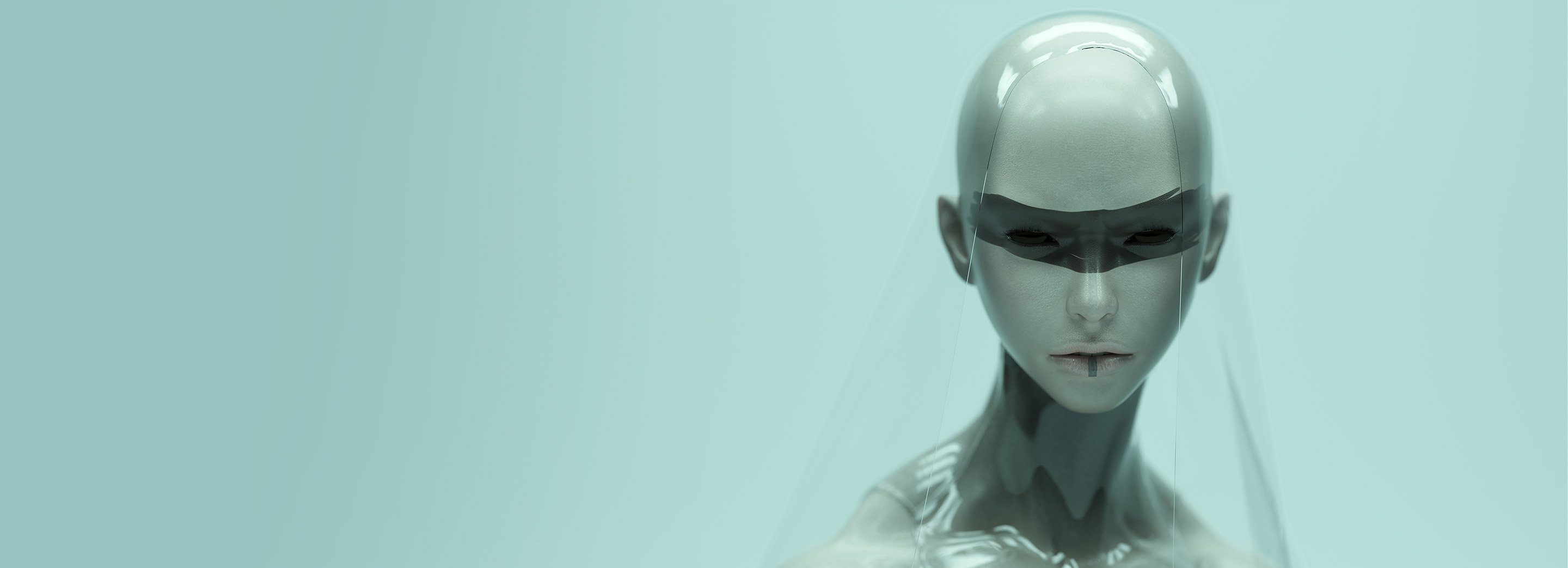
FX
A collection of effects that defy classification, obtained from voices, acoustic instruments and a variety of synthesized sources — these are ideal for adding tension, noise, and chilling one-shots to accent the soundscape you build.
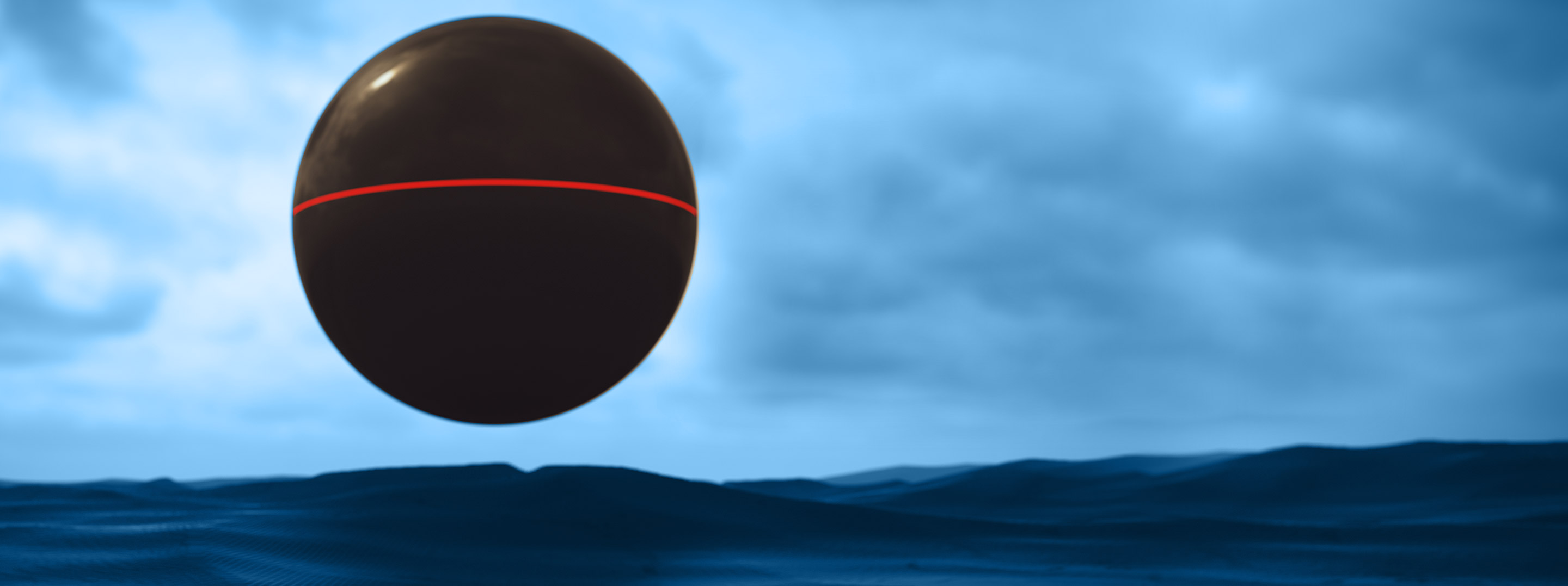
LEADS
Pure sawtooth and square leads are quickly becoming outdated, so we wanted to give you a tool for creating organic, adaptive leads that pop out in the mix. Spend less time designing leads and arrive at the perfect lead instantly.
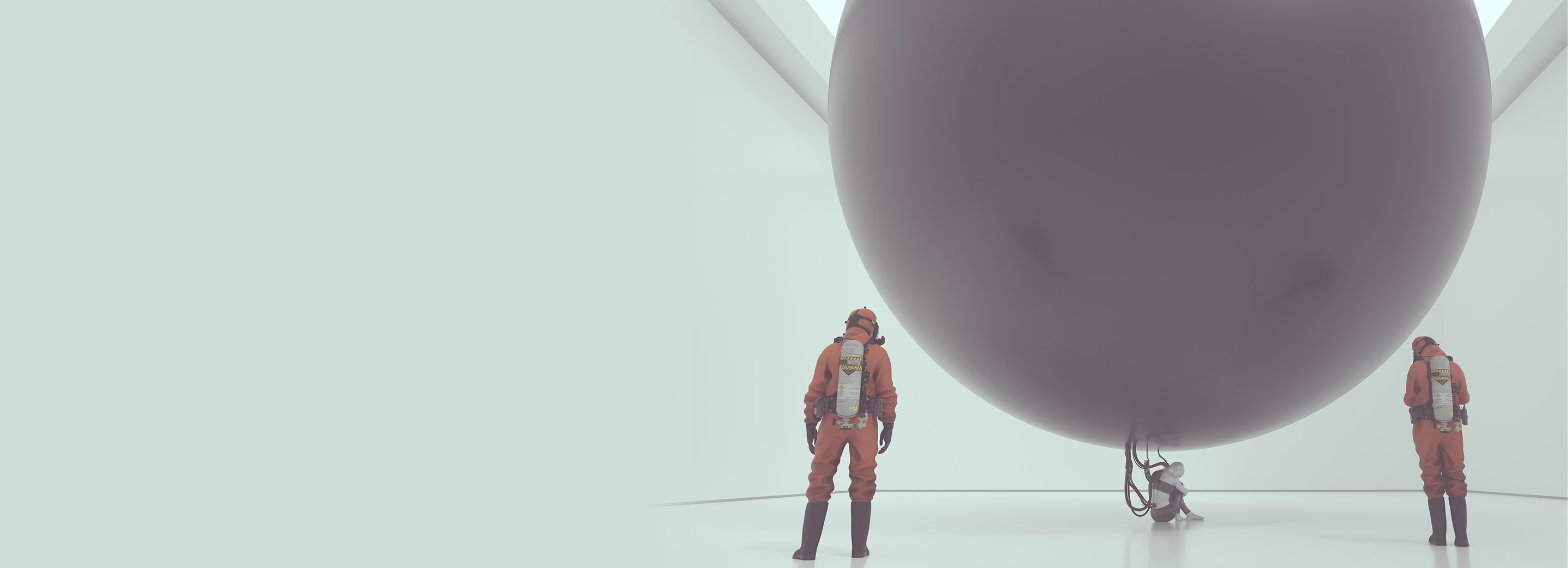
PADS
Use the XP Pad to shape warm, ambient, or gritty pads and morph between cinematic textures effortlessly. Whether you need to create a solid backing of chords or build a dramatic soundscape, you’ll find all the analog hybrid pads you need.
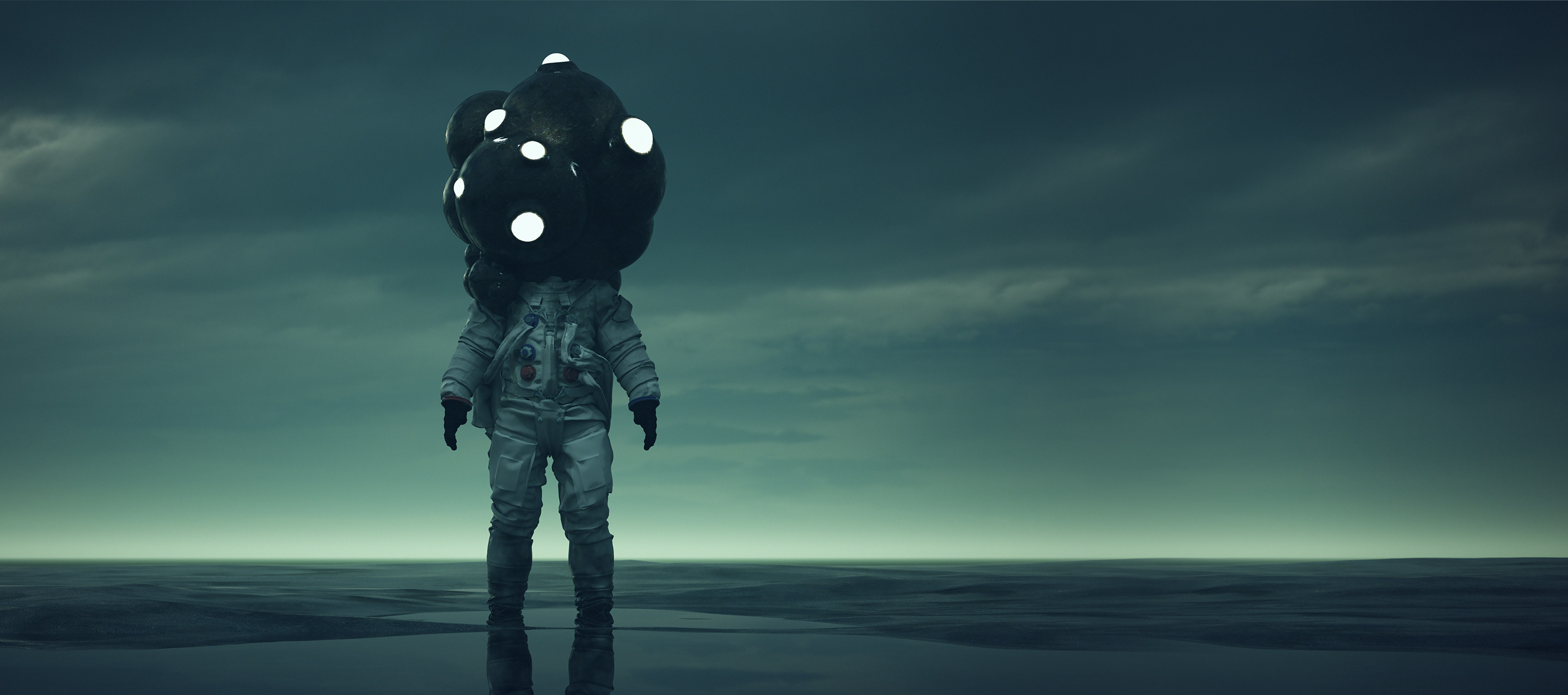
POLY SYNTH
A collection of presets that don’t fit neatly into any one category, perfect for experimentation and bridging different styles. When you want to be surprised while still having fine control over the result, this will become your go-to.

WHAT WILL YOU CREATE?
You don’t have to design synth patches from the ground up or settle for outdated analog-modeled hardware sounds. Forbidden Planet was designed to give you unfettered access to cinematic sounds rooted in classic film literature, now with the ability to manipulate, process, and combine them with hundreds of electronic and hybrid instruments out of the box. You’re up and running in moments, with the option to make modifications to your heart’s content. Every preset combines contrasting dramatic sources, making it a perfect source of inspiration on demand.
EDM, sci fi, horror, world, hybrid music and more — Forbidden Planet gives you the tools to bring them all to life without limitation.

The Sequel to the Ultimate Convolution Reverb
SPACES II from EASTWEST is the highly-anticipated sequel to SPACES I, the top-selling convolution reverb engine endorsed by top industry professionals which set a new standard in impulse recording techniques. Produced by Doug Rogers and Nick Phoenix, SPACES II includes 353 brand new reverbs recorded in churches, concert halls, opera houses, catacombs, train stations, recording studios, and warehouses. It includes a new streamlined user interface, new control features, a vastly expanded collection of instrument specific reverbs, plus all of the reverbs from SPACES I, making SPACES II the most powerful and versatile convolution reverb engine on the market.
Instrument Specific Reverbs
A unique feature of SPACES II is the instrument specific reverbs that have been designed to take the guesswork out of instrument reverb selection. Only the SoCal hall was recorded using this method in SPACES I and it was so popular six venues with instrument specific reverbs are now included in SPACES II. How was this done? An ATC speaker array was created to emulate the sound projection patterns of each instrument or section. For orchestral halls, a recording was taken in the exact position an instrument would be on stage. A french horn fires its sound backwards against the back wall, therefore, an impulse for a french horn was created by firing the sweep tones from the middle to left rear of the stage, backwards and slightly towards the floor. 1st violin section recordings were taken by firing a series of speakers at an angle toward the ceiling, just like a real section, with a fifth speaker firing towards the floor to emulate the body of the violins. A choir shoots straight out from the back, a celeste or harp is usually way over to the side and a lot of that sound goes up giving you early reflections. Most soundtrack composers that use SPACES I consider those instrument reverbs from the SoCal Hall to be ground breaking. Set up a mixing template with unique reverb for the strings, brass, winds, percussion and choir and something magical happens. In SPACES II five more venues were added using this technique for a total of six venues. There are 324 instrument specific reverbs in SPACES II compared to 48 in SPACES Ifor a total of 372. It took a massive effort, but the results speak for themselves.
Brand New Spaces
From stunning concert venues like Abravanel Hall in Salt Lake City, Reynolds Hall in Las Vegas, and the War Memorial Opera House in San Francisco, to exquisite sounding churches like St. Patrick’s and St. Dominic’s, to unique and extraordinary sounding locations like catacombs and Union Station in Los Angeles, the reverbs from these brand new spaces will inspire you and help bring your compositions to life with incredible realism. These are some of the best locations EastWest has recorded in and they will all perfectly compliment the locations from SPACES I.
New Streamlined User Interface + New Control Features
SPACES II features a streamlined, completely re-vamped user interface. Now the user can actually see visuals of each space - including those from SPACES I! In additional, new Next / Previous arrows allow the user to easily navigate the 1,020 reverbs from this massive collection. The biggest new feature is a brand-new Decay Time panel. Now you’ll have absolute control of the decay time of each and every space, allowing for the ultimate in customization.
Same Revolutionary Recording Techniques
The same revolutionary impulse recording techniques that made SPACES I so popular have been replicated in this new collection. The best gear from Fairchild, Manley, Meitner, Neumann, Neve, Sennheiser, Sony, Telefunken, and TG were used in each recording. ATC Monitors were used in each space to emulate the real-world sound projection properties of various instruments. SPACES II includes a very hi-resolution, True Stereo engine that focuses on delivering the very best sound at a very low CPU load. Most impulses are in 8 channel format, so surround mixes can be created.
FEATURES
Produced by Doug Rogers and Nick Phoenix
Technical Information
Generally, all info related to the reverb selected is displayed in the interface window of SPACES II.
The following is useful information -
M-S: means mono in and stereo out. So normal stereo reverb, where the input is summed to mono before being processed.Typically an impulse is taken with the source on the left side of the stage and the right side of the stage. Each impulse is stereo. When they are put together you get a true stereo 4 channel snapshot of the space. We encourage users to use the true stereo versions of the impulses. The true stereo switch on the interface is an indicator, not a switch. It indicates what you have loaded.
FR: means front mics.SYSTEM REQUIREMENTS
Below are the minimum and recommended hardware and software specifications for using Opus on Windows and MacOS systems.
MINIMUM SYSTEM
| RECOMMENDED SYSTEM
|
The chart below outlines the MacOS and Windows 64-bit operating systems and sequencers that are officially supported and fully tested with the latest version of Opus. Please note that while most Sequencers / DAWs are VST 2, VST 3, AU and AAX plug-in format compatible, only those listed in the chart below are officially supported.
| Product | Version | MacOS (10.13+) | Windows 10 |
|---|---|---|---|
| EW Play 6 Stand-Alone | 6.0+ | YES | YES |
| EW Opus Stand-Alone | 1.0+ | YES | YES |
| Ableton Live | 10.0+ | YES | YES |
| Apple Logic Pro | 10.0+ | YES | - |
| Apple Garageband | 10.3+ | YES | - |
| Avid Pro Tools | 2018.1+ | YES | YES |
| Bitwig Studio | 3.0+ | YES | YES |
| Cockos Reaper | 6.0+ | YES | YES |
| Image-Line FL Studio | 20+ | YES | YES |
| Motu Digital Performer | 9.0+ | YES | YES |
| Steinberg Cubase(1) | 9.0+ | YES | YES |
| Steinberg Nuendo(1) | 8.0+ | YES | YES |
| Presonus Studio One | 4.0+ | YES | YES |
| VSL Vienna Ensemble Pro | 6.0+ | YES | YES |
| Notation Software(2) | Version | ||
|---|---|---|---|
| Avid Sibelius | 2018.1+ | YES | YES |
| MakeMusic Finale | 25.0+ | YES | YES |
| Steinberg Dorico | 3.0+ | YES | YES |
- (1) VST3 usage is recommended
- (2) Sibelius / Finale / Dorico notation programs work with Opus, but do not support the full feature set of some Opus/Play Libraries, such as those that use WordBuilder. Please contact support for details.

























































